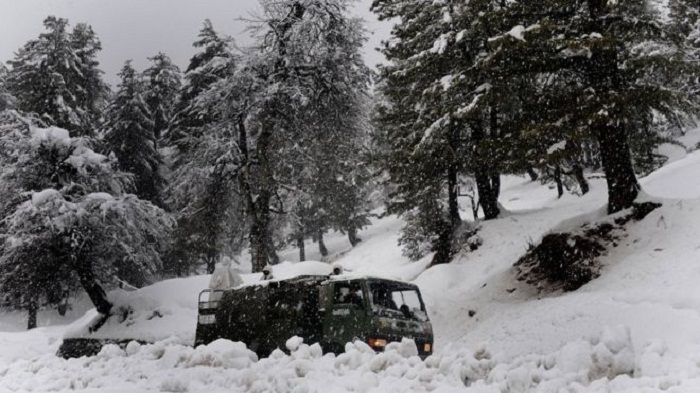I’ve tried my best to ignore it, swaddling myself in the collective safety blanket of a local guide and the requisite shovel, probe and transceiver. But as we saw in February, when a tragic slide in Tignes killed three members of the same French family along with their guide, this is simply not enough to guarantee your safety.
With this in mind I signed myself up for an avalanche-awareness course while in Verbier, in a bid to find out how to properly judge snow conditions and avoid risky scenarios.
“Most avalanche training courses are focused on how to find people once they’re buried and how to dig them out; but by then it’s often too late to save someone,” said our instructor Dominique Perret in his sobering opening address. “Instead we focus on prevention, so you avoid getting into a dangerous situation in the first place.”
When it comes to advice on staying safe in the mountains, 54-year-old Perret is someone you can trust. Regarded by fellow professionals as one of the best free-skiers the world has ever produced – even winning the Best Freeride Skier of the Century at the Board Awards back in 2000 – he has spent the last 25 years conquering mountains that were previously regarded by locals as “unskiable”. While friends and colleagues have perished along the way, Perret has never been caught in an avalanche himself – something he puts down to more than just luck.
“There are some simple steps you can take that allow you to read the mountain,” he continued. “For example, looking at the steepness of the terrain, the condition of the snow, the direction of the wind… All these things will give you information about the avalanche risk. If you’ve any doubt whatsoever, you should avoid it – it’s just not worth it.”
The idea for the International Snow Training Academy (ISTA) courses came to Perret while on a diving trip abroad. “I was doing a PADI course at the time, and I thought ‘this is exactly what we need for snowsports – a universal safety awareness programme’.”
After years spent garnering input from experts in meterology and snow science the ISTA is now being implemented in resorts throughout Europe and North America.
While this all sounds good in theory, how would it actually translate to being on the mountain? After an initial classroom briefing Perret herded us onto the Medran gondola so we could start putting his words into practice.
The ISTA breaks avalanche procedure down into three basic elements – before, during and after (BDA) – each of which is then dealt with via bite-sized modules. Throughout the day we found ourselves whipping through the snazzily-designed course booklet at a satisfying rate of knots.
Indeed, even before lunchtime we’d learnt some invaluable pointers – including how to judge the steepness of the terrain using ski poles, an easy technique for assessing wind and weather conditions and a quick and effective way of determining the snow-pack quality. According to Dominique these simple steps alone will give you a good indication of the avalanche risk.
The afternoon, meanwhile, focused on what to do if you somehow miss all the signs and disaster strikes.
Having slashed our way through some satisfying powder, Dominique showed us how to use our transceivers to find someone buried in the snow. Once we were confident that we’d reached our buried “comrade” (in this case another transceiver) it was time to ascertain how deeply submerged they were, using our probes. “You’ll know when you’re poking someone’s body; it feels very different to a rock,” Perret noted grimly, as we prodded the snow.
Now came the crucial bit: digging. Here, too, the emphasis was on being simple and systematic. Armed with shovels, everyone formed an arrow shape with one person at the front funneling snow towards the back of the group; when they ran out of steam we quickly rotated.
In a real-life situation these moments can mean the difference between life and death, with 15 minutes typically being all you have to get the victim out alive. From then on, the chances of survival drop through the floor – something we were acutely aware of as we ran out of puff just a couple of minutes in. Thankfully, on this occasion we “rescued” the transceiver in time.
With the sun now sinking behind distant peaks, it was time to head back. Despite only being under Dominique’s wing for one day, the knowledge I’d gleaned changed my whole perception of the mountain – and it’s something that will hopefully help keep me safe on the mountain for the rest of my life.
More about: #avalanche
















































